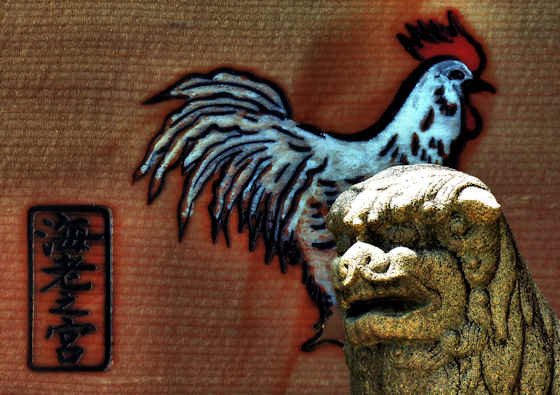Showing posts with label komainu. Show all posts
Showing posts with label komainu. Show all posts
Wednesday, December 27, 2023
Mimasaka Soja Shrine
Labels:
chugoku33,
komainu,
okuninushi,
Shrine,
torii
Tuesday, November 28, 2023
Ishiteji Temple Part 2
Through the tunnel to the Okunoin
Sunday, November 26, 2023
Togitsu Yutoku Inari Shrine
Surprisingly all the ema depicted horses, as this was spring 2014, a "Horse Year".
Monday, November 6, 2023
Obama Shrine & its Komainu
The main building has a ceiling painting of a dragon which was transferred from the older shrine, but, for me, the most interesting thing at the shrine was the two pairs of small komainu that I suspect came from the two older shrines.
Labels:
komainu,
kyushu108,
nagasaki,
obama,
okuninushi,
shimabara,
Shrine,
sukunahikona,
takemikazuchi,
torii
Saturday, October 28, 2023
Yasaka Shrine Ebie
Subscribe to:
Posts (Atom)































































